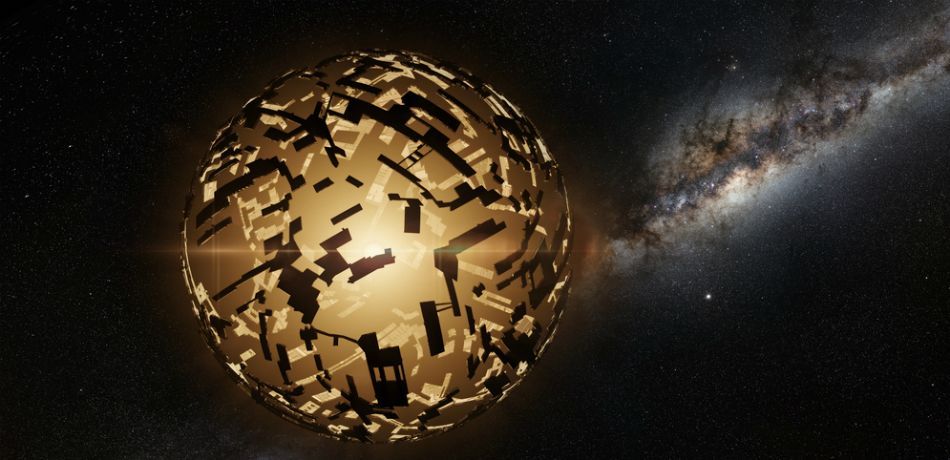Alien Megastructure Star: Dimming Of Tabby’s Star Sets New Record
by Allan Adamson March 27, 2018 (techtimes.com)
KIC 8462852, also known as Tabby’s Star, has dimmed again. Researchers say that it dipped in brightness more dramatically than ever.
• In 2011, the Kepler Space Telescope observed a star that dimmed as much as 22 percent. The star is KIC 8462852, also known as Tabby’s Star named for Tabetha Boyajian, the Louisiana State University astrophysicist who discovered the star. Since then it has been observed to sporadically dim in brightness, then return to normal.
• On March 16, 2018, Boyajian and colleagues recorded the “…deepest dip we have observed since the Kepler Mission in 2013! WOW!!” By March 22nd, the star’s brightness increased rapidly and was nearly back to normal when it started to dim again on March 26th, even moreso than the previous week and setting a new record.
• A planet passing between a star and Earth will typically cause the dimming of the host star by 1 percent or less and at regular intervals. What makes the Tabby’s Star different from many others is that it dims at unpredictable intervals and at varying degrees.
• A popular theory of the cause of Tabby’s Star’s erratic dimming is the orbit of an alien megastructure around the star, such as an array of solar panels created by an intelligent extraterrestrial civilization. Other theories involve the star devouring a nearby planet, or interference by a comet, or interstellar dust.
Louisiana State University astrophysicist Tabetha Boyajian, who discovered the star, and colleagues, revealed that the star has dimmed by at least 5 percent and possibly 10 percent.
The scientists said that Tabby’s star, also called “alien megastructure star” due to its bizarre behaviors suspected to be associated with an intelligent alien civilization, started to dim on March 16 and then returned to normal.
Boyajian and colleagues said that the dip in brightness was the largest observed dip in the star since 2013.

“On Friday (2018 March 16) we noted the last data taken were significantly down compared to normal,” the researchers wrote in their Tabby Star observation blog. “This is the deepest dip we have observed since the Kepler Mission in 2013! WOW!!”
By March 22, the star’s brightness increased rapidly and was nearly back to normal but it started to dim again on March 26.
“Today we have some very big news – data taken at TFN last night show the flux is down 5 percent,” Boyajian and colleagues reported on March 26. “Looks like we beat the record set just last week on the deepest dip observed since Kepler!”
In 2011, the Kepler Space Telescope observed that the star dimmed as much as 22 percent. Other dimming events also occurred throughout 2017.
FAIR USE NOTICE: This page contains copyrighted material the use of which has not been specifically authorized by the copyright owner. ExoNews.org distributes this material for the purpose of news reporting, educational research, comment and criticism, constituting Fair Use under 17 U.S.C § 107. Please contact the Editor at ExoNews with any copyright issue.

